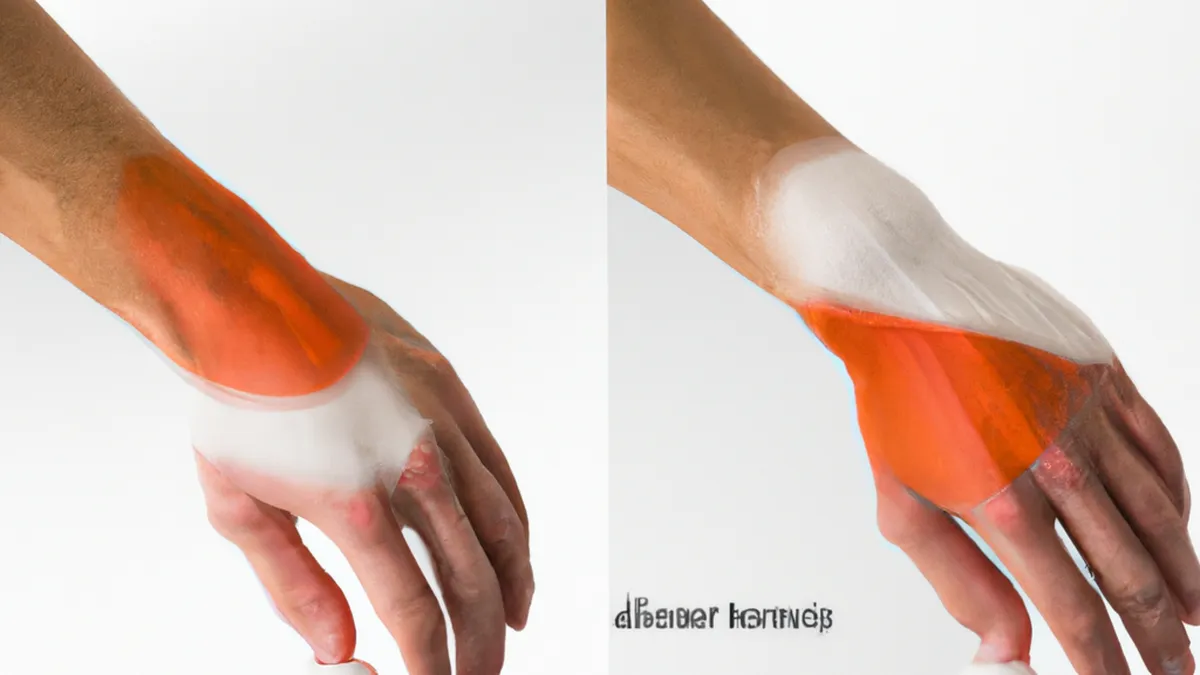Recognizing Seasonal Patterns in Elbow Discomfort
The Impact of Seasonal Changes on Tennis Elbow Symptoms
Tennis elbow, or lateral epicondylitis, is a common repetitive strain injury. It causes pain and inflammation on the outer part of the elbow. While tennis players often experience it, anyone with repetitive arm and wrist motions can suffer. Gardening, painting, and typing can also lead to this condition. Seasonal changes significantly influence the onset and severity of tennis elbow symptoms. As the weather shifts, our activities and physical conditions change. Understanding this connection aids in effective management and pain relief.
Seasonal Changes and Their Effects
Spring: Increased Activity Levels
As winter fades, warmer weather encourages outdoor activities. Gardening, tennis, and various sports become more appealing. This surge in activity leads to increased physical strain on the elbow. Many people return to sports without preparing their bodies for demands, increasing injury risk.
The shift from indoor to outdoor sports can lead to poor technique. Amateur tennis players might return after months of inactivity. They may forget proper form or play at previous levels, worsening their symptoms. Gradually increasing activity and incorporating warm-up routines prepare muscles and joints for demands.
Summer: Heat and Humidity
Summer heat and humidity complicate tennis elbow symptoms. High temperatures often cause dehydration, leading to muscle fatigue and injury risk. Players may not realize their bodies struggle with the heat, increasing overuse injuries.
Summer typically sees increased playing frequency. Longer days and favorable weather encourage outdoor sports, worsening existing symptoms. The combination of heat and activity levels can lead to inflammation and discomfort. Prioritize hydration and take breaks to cool down during play. Applying ice packs afterward helps reduce inflammation and manage pain.
Fall: Cooler Weather and Recovery
As temperatures drop in fall, athletes often slow their activity levels. This change provides a natural opportunity for recovery. However, many continue outdoor sports without adapting to cooler weather.
Cooler temperatures can cause muscle and joint stiffness. This stiffness makes it challenging to perform activities correctly. It can increase injury risk and exacerbate tennis elbow symptoms. Proper warm-up routines become critical in fall. Take time to stretch, emphasizing dynamic stretches that increase blood flow and flexibility.
Winter
Conclusion
Seasonal changes significantly impact tennis elbow symptoms. Understanding these effects helps in managing and alleviating pain.
Below are related products based on this post:
FAQ
What activities can lead to tennis elbow symptoms?
Tennis elbow can arise from any repetitive arm and wrist motions, not just tennis. Common activities that may contribute to this condition include gardening, painting, and typing. Essentially, any repeated strain on the elbow can lead to symptoms.
How do seasonal changes affect tennis elbow symptoms?
Seasonal changes influence activity levels and physical conditions, which can exacerbate tennis elbow symptoms. For instance, warmer weather in spring encourages outdoor activities, leading to increased strain on the elbow. In summer, heat can cause dehydration and muscle fatigue, while cooler fall temperatures may lead to stiffness, affecting performance and increasing injury risk.
What precautions should I take to manage tennis elbow symptoms during different seasons?
To manage tennis elbow symptoms effectively, it’s essential to gradually increase activity levels as seasons change and incorporate proper warm-up routines, especially in spring and fall. Staying hydrated during hot summer months and taking breaks to cool down can help. In cooler weather, prioritize dynamic stretches to improve blood flow and flexibility, reducing stiffness and injury risk.















Post Comment